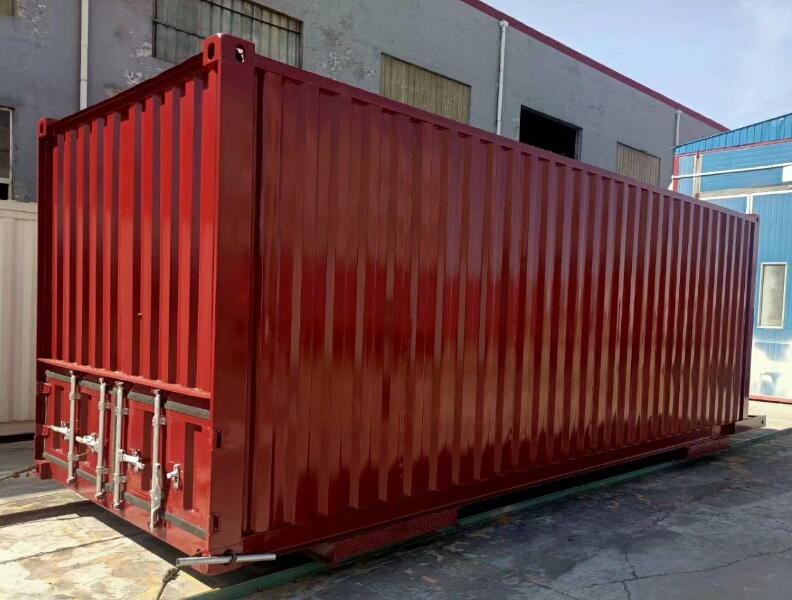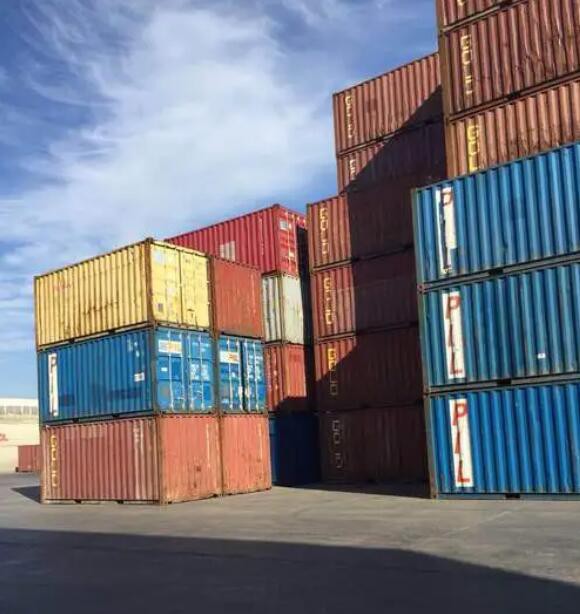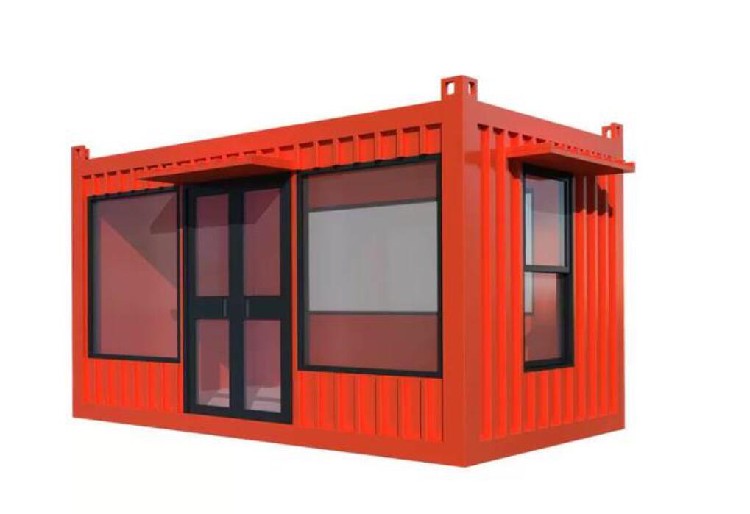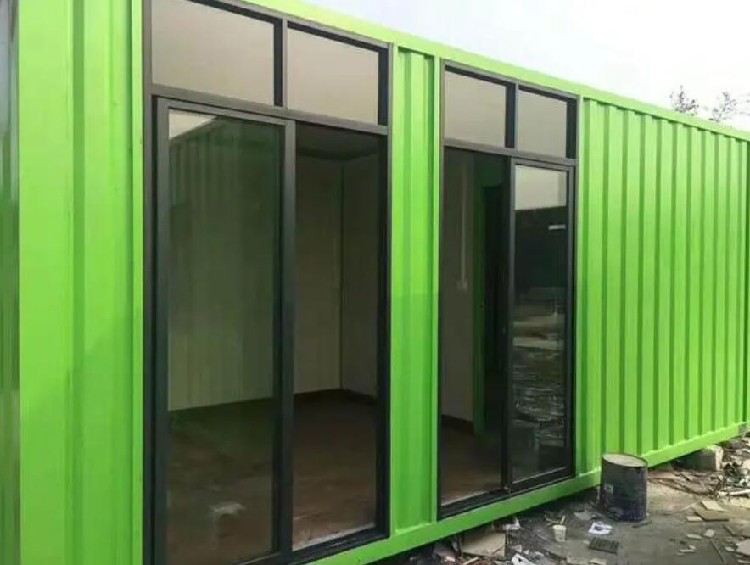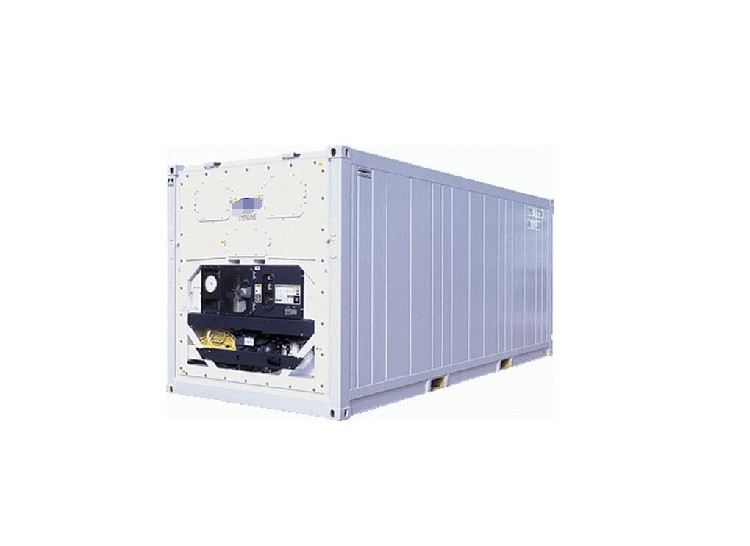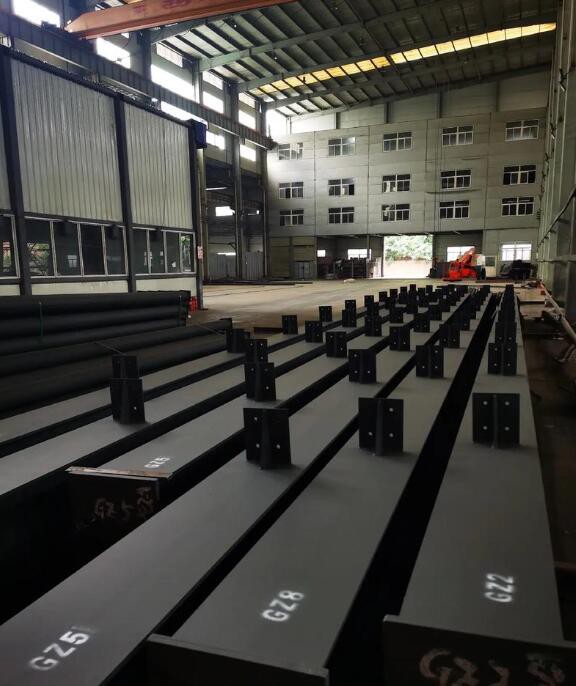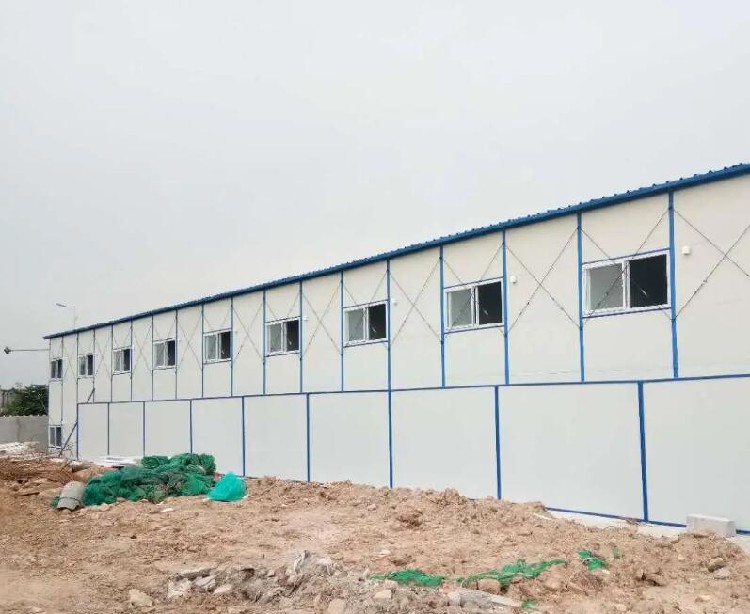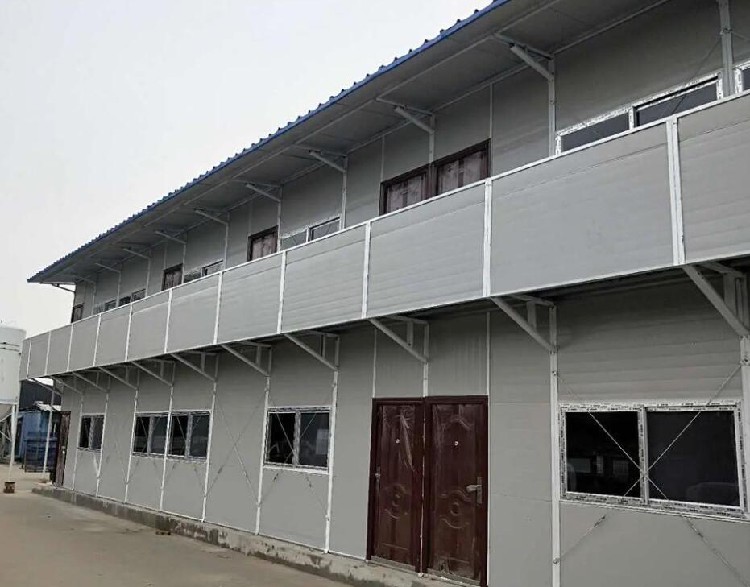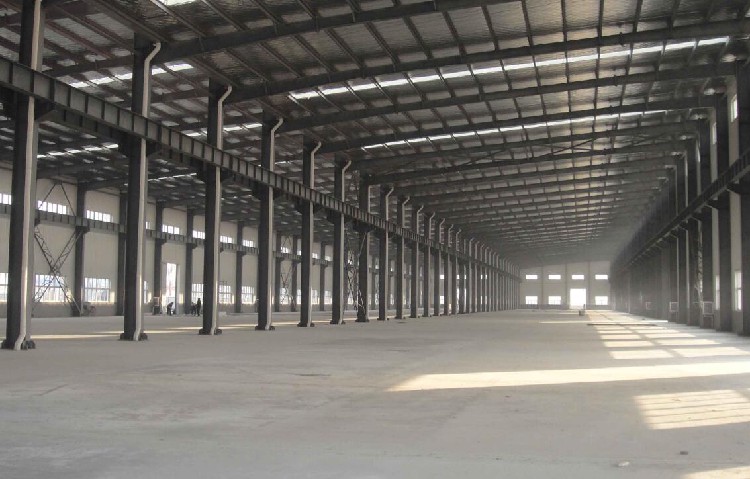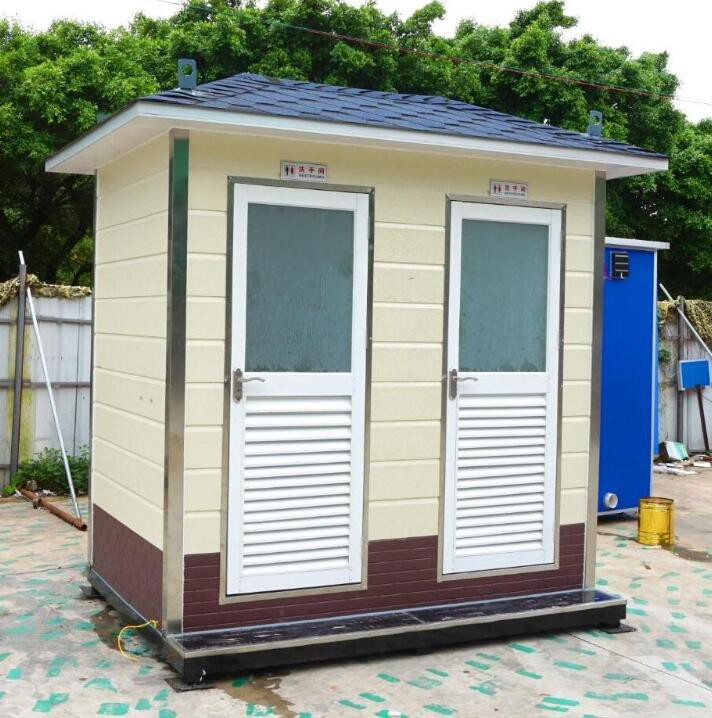Welcome!
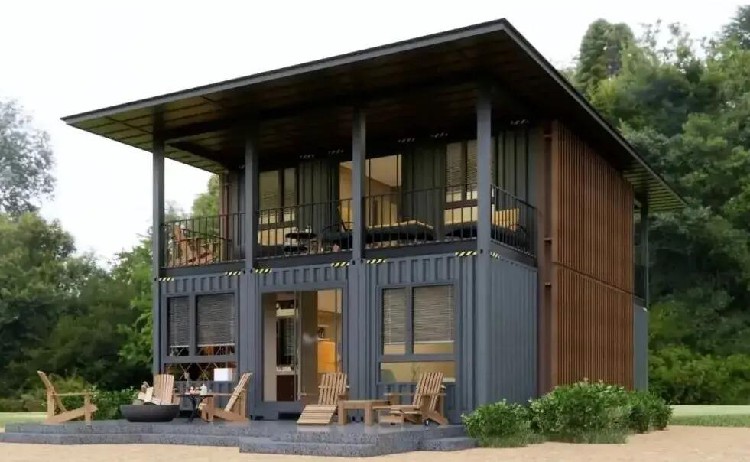



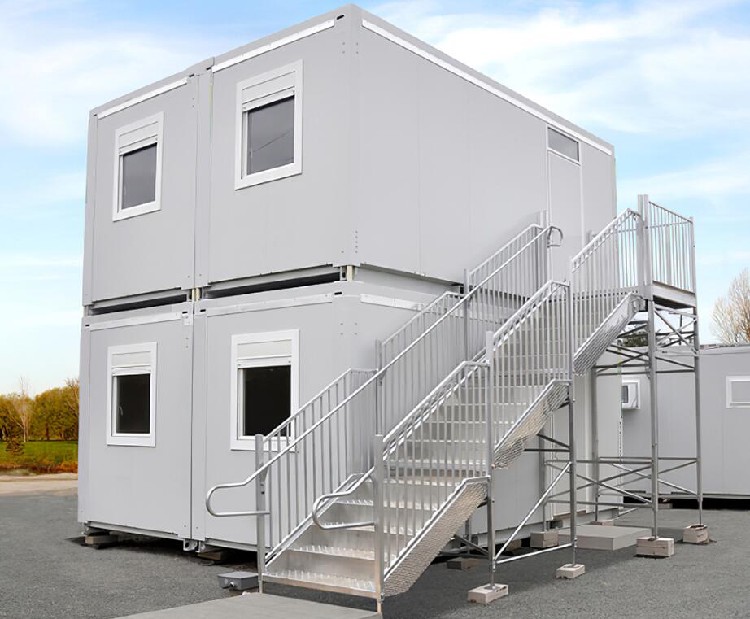


Container Houses for Sale
Basic Info
| Brand | tengfei | Delivery Detail | 30days /Chocolate Wafer Making Machine | Place of Origin | Guangdong Guangzhou China |
|---|
Product Description
Introduction to container houses
Container houses are a type of movable and reusable building product, also known as modular box houses or container houses. It adopts modular design and factory production, with the box as the basic unit. It can be used alone or in different combinations in horizontal and vertical directions to form a spacious use space. The box unit structure adopts standard components welded from special steel sections, and the boxes are connected by bolts. The structure is simple and the installation is convenient and quick. This type of house is suitable for a variety of purposes, such as sales showrooms of real estate development companies, product sales showrooms, temporary reception centers, temporary commercial offices, and shops.

Container house size
What are the sizes of container houses? The general ones can be used as references:
1. 3 meters long, 3 meters wide, and 2.8 meters high
It covers an area of 9 square meters, which is relatively small, and of course it can be smaller. It's just that the size is too small, which will waste materials. So generally, customers will only make it when they really need it.
2. 6 meters long, 3 meters wide, and 2.8 meters high
It covers an area of 18 square meters, which is a common standard size box on the market. This size is common in construction sites and road construction.
3. 7 meters long, 3 meters wide, and 2.8 meters high
It covers an area of 21 square meters, and most of them are used as two-story container mobile houses. There are corridors and balconies.
4. Customized type
Customized types are generally made according to customer needs, and the size and area can be large or small. The specific details are determined by negotiation with the manufacturer.
The price of container houses
The price of containers is affected by many factors, including size, material, quality, and supply and demand. Generally speaking, the price of a 20-foot container is lower than that of a 40-foot container because the latter has a larger capacity.
In addition, the material of the container will also affect the price. Common container materials include steel and aluminum alloy. Steel containers are relatively cheap, while aluminum alloy containers are lighter but relatively expensive.
The specific price of containers is also affected by supply and demand. When the supply is sufficient, the price may be relatively low; when the supply is tight, the price may rise.
In addition, the quality of the container is also one of the factors that affect the price. High-quality containers are usually more expensive, but they are more durable and have a longer service life, providing better protection and security.

Things to note when buying a container house
Quality inspection: Make sure the quality of the container is reliable, pay attention to the material quality of the container, choose high-strength, anti-corrosion steel, and check whether the welding process is firm and free of cracks. At the same time, consider thermal insulation to adapt to different climatic conditions.
Structural design: Reasonable structural design is essential for the comfort, safety and practicality of container houses. It is necessary to pay attention to whether the internal space planning is reasonable, whether there is sufficient ventilation and light, and whether the sound insulation and waterproof drainage design are professional and reliable.
Appearance and style: According to personal preferences and usage needs, choose an appearance style that meets aesthetic and practical requirements, such as modern simplicity or pastoral style, and personalized appearance materials such as special coating or wood grain.
Service and after-sales: Choose a manufacturer or supplier with good service and after-sales support to ensure that problems encountered during use can be solved promptly and effectively.
Legality and safety: For second-hand container houses, it is necessary to confirm that they comply with local building regulations and safety standards to avoid the risk of demolition or fines due to non-compliance with regulations.
Check the condition of the house: Check the structure, facilities and equipment of the house carefully before purchasing to ensure that there is no damage or safety hazards.
Understand the history of the house: Understand the use history and maintenance of the house to avoid purchasing a house with quality problems.
Confirm the property rights: Ensure that the ownership and use rights of the house are clear to avoid purchasing a house with unclear property rights.
Price negotiation: Negotiate the price with the seller to ensure a reasonable price.
Sign a contract: Sign a contract when purchasing to clarify the rights and obligations of both parties to avoid disputes.
Consider environmental factors: Consider the surrounding environmental factors when purchasing, such as noise, traffic, etc., to ensure the comfort of living.
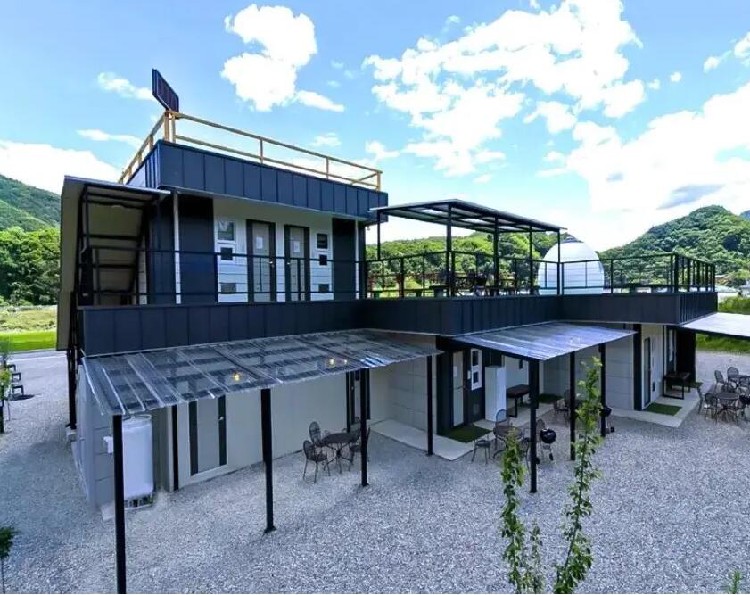
How to choose a container company
First of all, the company has advanced production equipment and a technical team that can provide high-quality, customized container products to meet the various needs of customers. Whether it is logistics transportation, temporary use on construction sites, or temporary housing needs.
The company's products must meet ISO container standard sizes and can also be customized according to customer needs. Whether it is standard-sized 20-foot and 40-foot containers, or special containers with non-standard sizes.
Recommended Products
Recently Viewed
Contact Us
Guangzhou Tengfei Technology Inc.
